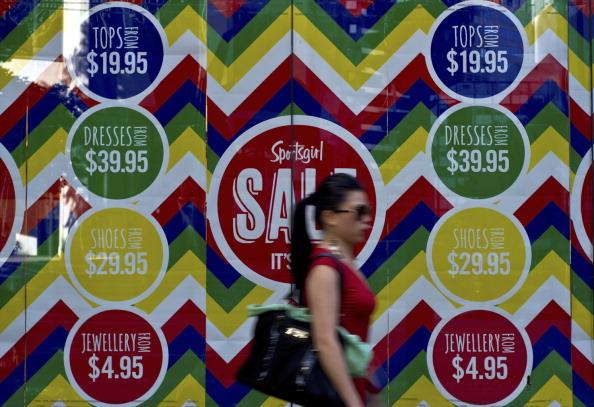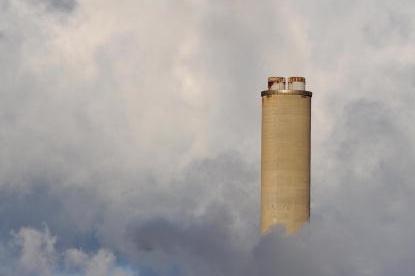NEW YORK—Architects Anne Frederick, Marc Turkel, and Morgan Hare founded Hester Street Collaborative (HSC) based on the Lower East Side “out of a desire to apply architecture and design to underserved communities.”
“We saw the potential for a design process being able to not only transform public spaces and to better amenities for neighborhoods, but to have a meaningful participation around that as well,” explained Frederick.
The organization educates residents, especially children, in underserved communities about the principles of design so they can be more involved in shaping their neighborhood. HSC advocates for a public voice in development, so the changes made to the cityscape reflect the wishes of its residents. Frederick shared her experiences with The Epoch Times and reflected on development, gentrification, and education.
The Epoch Times: How has a stronger positive ownership of community land facilitated the gentrification or revitalization of underdeveloped areas?
Anne Frederick: A lot of the organizations that we work with are really concerned about gentrification because they see the residents of the community being pushed out and not being able to afford to stay there anymore. So that becomes a big question for us in our work, ‘How do we make spaces that better serve the community, especially in a neighborhood where there’s so much demand on public space?’ Everyone lives in tight quarters—the parks are like our living rooms here.






